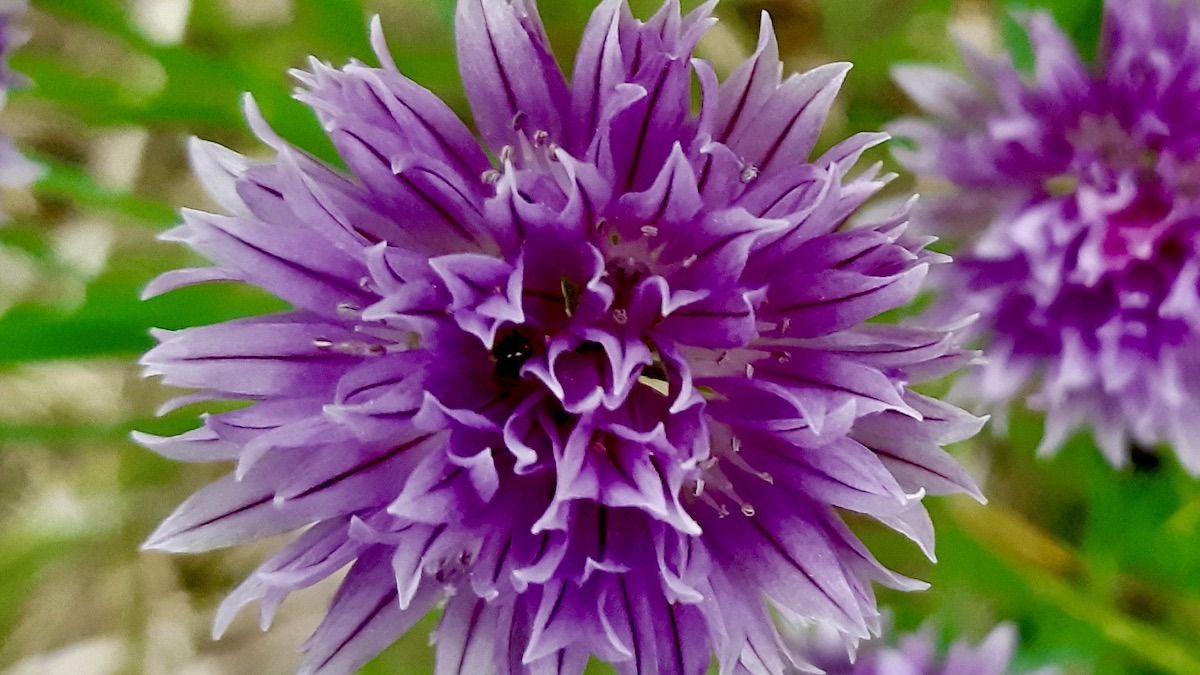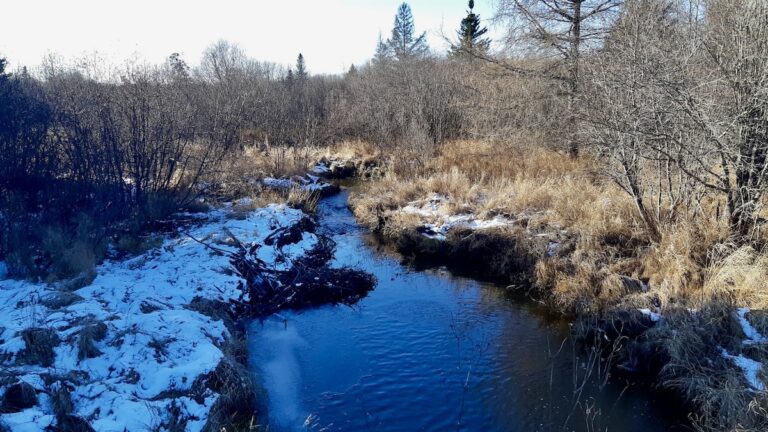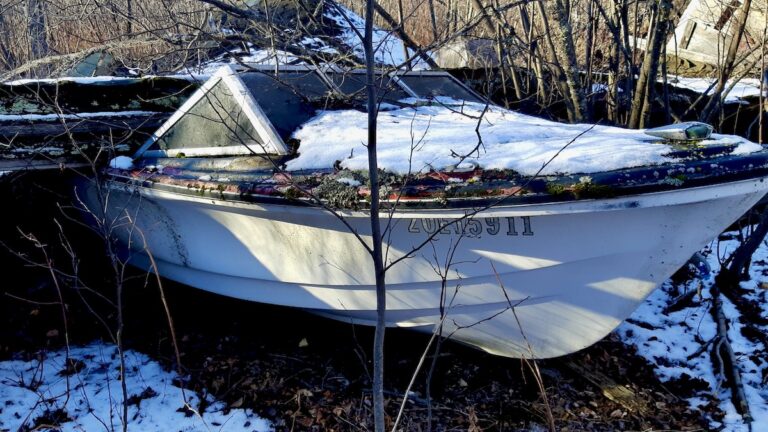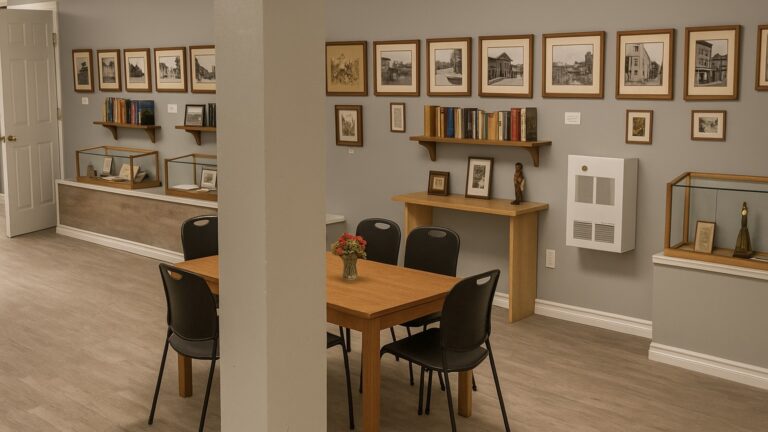
Vibrant purple chive blossoms in full bloom at the Living Lab, offering a beautiful subject for photography and adding to the richness of the community garden.
A Splash of Color and Inspiration for Our Outdoor Spaces
Our Living Lab outdoor spaces are bursting with color, thanks to chives, which are now in full, glorious bloom! These beautiful purple blossoms can be found in a few spots around our grounds, adding a vibrant touch to the green landscape. It’s always a delight to see them emerge each summer, but this year, with their widespread presence, they’ve become a truly captivating subject. They’re a simple yet powerful reminder of the beauty flourishing right here in our community garden.
Beyond their visual appeal, the chives play a humble but important role in our sustainable agriculture initiative. While they are a culinary staple, their cheerful blossoms also attract pollinators, contributing to the health of our entire ecosystem. Their presence across different areas of the Living Lab speaks to our ongoing garden expansion and our commitment to nurturing diverse plant life, from traditional plants to everyday garden favorites. It’s all part of how we foster a deeper nature connection through environmental education.
Art you can eat
From an artistic perspective, these chive blooms are a photographer’s dream. The intricate, starburst shape of each flower head, combined with their striking purple hue against the green backdrop, makes for a stunning visual. We’ve certainly found them to be an inspiring subject for our photography workshops and for anyone wanting to capture the delicate details of nature. They highlight how even common herbs can offer profound beauty, contributing to this summer’s storytelling project and broader plant documentation efforts.

Watching the chives thrive and bloom so abundantly this year reinforces our dedication to creating a space where the arts and the land truly intersect. They embody the blend of practicality and profound beauty we cultivate here. The chives, like all the plants we tend, are more than just botanical specimens; they are living components of the narratives we explore and the community we build, reflecting our belief in the power of traditional knowledge and sustainable growing.




